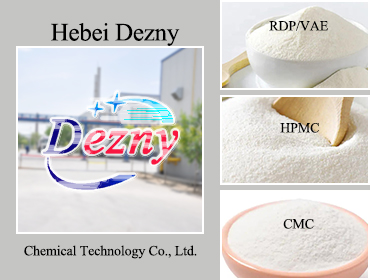
 2024-04-25- readings
2024-04-25- readingsCellulose for restoration mortars plays a vital role in design assignments. As a all-natural polymer ingredient, cellulose has exceptional thickening, revocation, steadiness and h2o preservation attributes which is popular in the preparation of repair mortars. This article will sophisticated in the attributes of maintenance mortar, the mechanism of activity of cellulose, the choice and application of cellulose, along with the potential progression of cellulose in restoration mortar.
1. Qualities of fix mortar
Restoration mortar is actually a area of expertise mortar accustomed to repair and improve concrete components. It provides the attributes of fast solidifying, higher power, put on opposition and deterioration resistance, and may bring back the energy and sweetness from the concrete structure in a short time. At the same time, the maintenance mortar also needs to have great development qualities, including simply being simple to stir, utilize and small. These features make maintenance mortar commonly used in development tasks.
2. The device of motion of cellulose
In repair mortar, cellulose mainly plays the position of thickening, suspending, stabilizing and maintaining drinking water. Very first, cellulose can process a great deal of h2o and develop a 3-dimensional system construction, thereby improving the viscosity of the repair mortar. This thickening effect not simply raises the design performance of your mortar, but also aids in preventing segregation and resolution in the mortar during transport and storage. Secondly, cellulose has good revocation attributes, that may evenly suspend the aggregates and fillers within the mortar inside the bottom material to ensure the uniformity and steadiness from the mortar. Furthermore, cellulose could also type a safety motion picture on the outside of aggregates and fillers to prevent them from chemically responding using the additional setting, as a result enhancing the reliability of the mortar.
3. Choice and application of cellulose
In choosing cellulose as an ingredient for repair mortar, factors such as the kind, high quality and dosage of cellulose should be considered. Common forms of cellulose consist of lignin fiber content, cellulose ether and microcrystalline cellulose. Each of these celluloses has pros and cons and needs to be chosen according to specific venture needs and mortar functionality needs. At the same time, the standard of cellulose can be another main factor. Substantial-quality cellulose can offer much better thickening, revocation and stabilization effects.
When implementing cellulose, consideration needs to be paid out to handling the volume of cellulose. A lot of cellulose may cause the mortar to be as well viscous, having an effect on building performance while not enough cellulose may be unable to fully put in its thickening, suspending and stabilizing results. Consequently, it is required to test and adjust according to the genuine circumstance to obtain the best amount of cellulose.
4. The future development of cellulose in repair mortar
Using the constant continuing development of building engineering technological innovation and the enhancement of people's functionality requirements for developing components, the use of cellulose in restoration mortars will continue to be optimized and enhanced. In the future, cellulose may be used along with other new artificial additives to improve the efficiency of restoration mortars. As an example, by compounding cellulose with nanomaterials, polymers as well as other resources, maintenance mortars with higher strength, far better toughness and better development performance can be equipped.
Furthermore, with all the raising awareness of environmental defense, cellulose, as being a all-natural and green ingredient, are often more traditionally used in restoration mortars. At the same time, research and development of cellulose alternatives with much better enviromentally friendly performance minimizing charge will also be crucial recommendations for upcoming growth.
To put it briefly, cellulose employed in restoration mortars takes on a huge role in increasing mortar efficiency, boosting construction functionality and enhancing sturdiness. Together with the steady continuing development of modern technology and the expansion of program areas, the use of cellulose in fix mortars will continue to be optimized and produced.